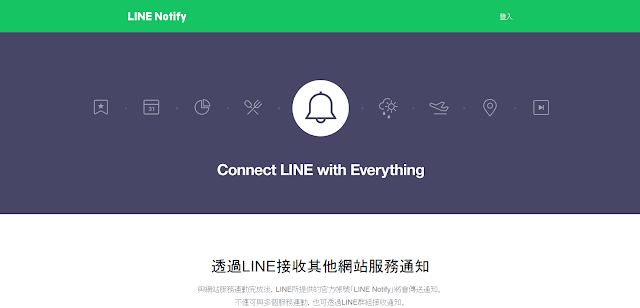[JavaScript] Event處理方式的差別 (寫在html內、addEventListener、getElementById)
當使用者對瀏覽器或網頁做出某個動作,就是一個Event
要利用JavaScript來處理Event,有三種方式
1. 寫在HTML內
例: 直接用onclick
2. JavaScript的物件屬性設定
利用javascript的onclick
3. W3C DOM 的addEventListener 利用W3C DOM的addEventListener
這三個方法都會達成一樣的功能,那我們該挑選哪一種實作方式呢?
方法1的優點就是程式很明瞭,而且很簡短。不過最大的缺點就是耦合度會很高
方法2跟方法3在我看來其實差異並不大,不過當你的專案越來越複雜時,就會建議你選擇方法3,因為在方法3中針對同一個物件可以設定 很多個eventListener,而方法2則無法,前面的會被後面的覆蓋過去
要利用JavaScript來處理Event,有三種方式
1. 寫在HTML內
例: 直接用onclick
2. JavaScript的物件屬性設定
利用javascript的onclick
3. W3C DOM 的addEventListener 利用W3C DOM的addEventListener
這三個方法都會達成一樣的功能,那我們該挑選哪一種實作方式呢?
方法1的優點就是程式很明瞭,而且很簡短。不過最大的缺點就是耦合度會很高
方法2跟方法3在我看來其實差異並不大,不過當你的專案越來越複雜時,就會建議你選擇方法3,因為在方法3中針對同一個物件可以設定 很多個eventListener,而方法2則無法,前面的會被後面的覆蓋過去


留言
張貼留言